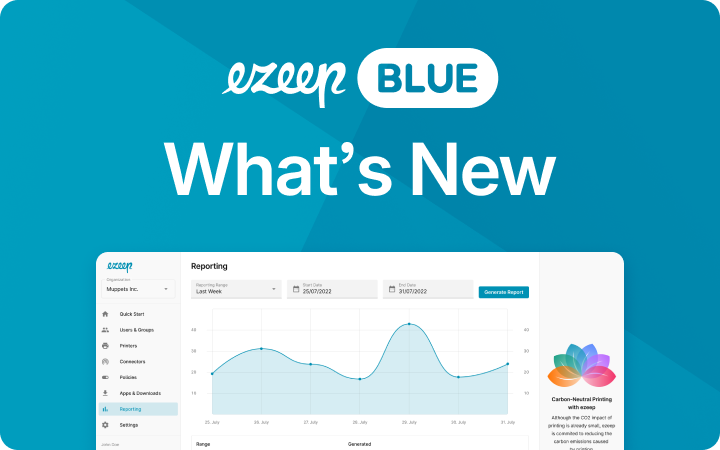Windows 7 End Of Life – What Steps to Take Now
With Windows 7 end of life just a few weeks away, even if your organization doesn’t manage to transition in time, you still have a number of support solutions available.
Tuesday, January 14, 2020, is a daunting date in many IT calendars. Even though many organizations have completed their migration to Windows 10, there are a huge number that are not yet there. And this is often due to a combination of unfortunate situations. These include older devices that cannot be upgraded. And IT managers often face a lack of time, not to mention available budget.
How to ensure continued use after Windows 7 end of life
The first way is if you purchase Microsoft Windows 7 extended security updates. This allows your organization to pay to stay on Windows 7. A point that needs to be taken into consideration though is Microsoft’s rather high pricing strategy. The fee you will pay for support for each device is expected to double each year over the expected 3 years of the program. This is obviously a big factor weighing in for many organizations. Microsoft also stated that the security updates available will be provided if and when available. It goes without saying that the extended security update does not cover any non-security updates or new features.

Windows Virtual Desktop helps overcome Windows 7 end of life
Earlier this year, Microsoft also launched its Windows Virtual Desktop. This is a cloud-hosted virtual desktop solution based on Windows 10. Microsoft will also allow access to fully-supported Windows 7 virtual desktops up until the end of 2023. This will offer extra peace of mind to those who are planning their Windows 10 migrations.
So, with Windows 7 end of life resulting in high costs for the next few years, and the various workarounds you will have to come up with, you may already be getting a headache. So why not consider a more flexible option?
If you move to VDI with Windows Virtual Desktop running on Azure, you will have a future-proofed option that delivers you the necessary flexibility. The virtualized version of Windows runs on the Azure cloud and was released in October 2019. It comes with the major advantage of being able to remain on Windows 7 but with security support. We took an in-depth look at Windows Virtual Desktop and it is clear that it comes with a wide range of advantages. One final thing you should consider is printing, as bridging the gap between cloud-based Windows desktops and on-premises systems. An example is dealing with print infrastructure which is never an easy task.
We recently hosted a webinar that identified the challenges companies face when printing with Windows Virtual Desktop. This webinar also focused on how ezeep for Azure helps you overcome these barriers. You can download the recording here.
And if you have any questions on how the Windows 7 end of life may impact your business, don’t hesitate to drop us a line.
